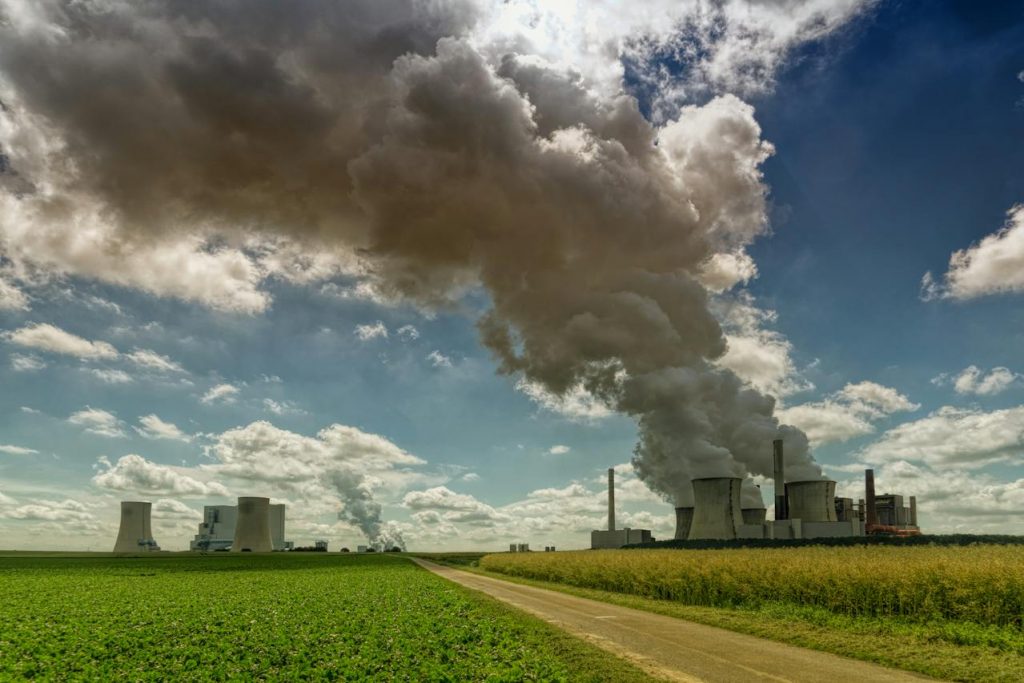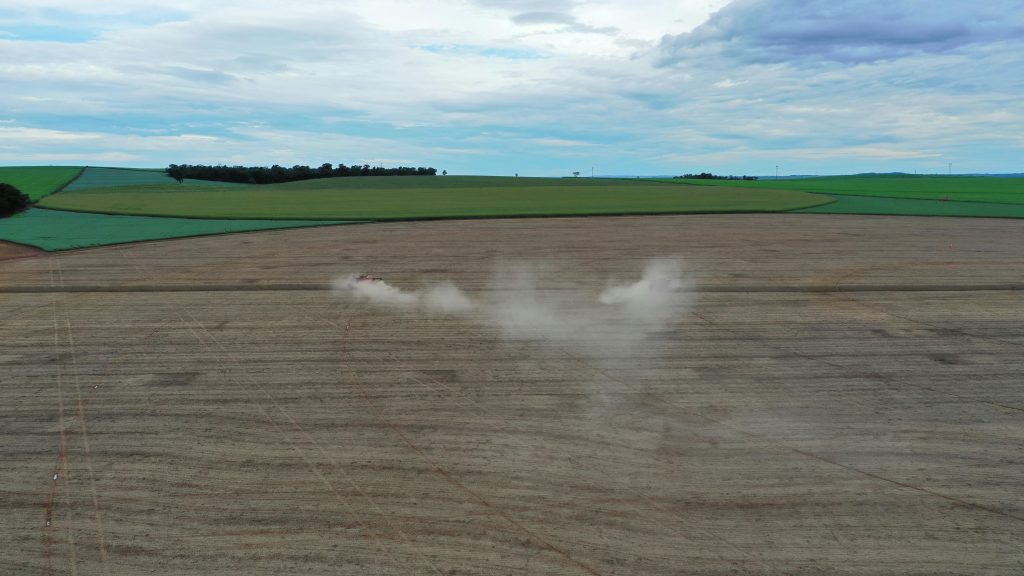Don't miss our holiday offer - 20% OFF!

Read also : The Role of Central Power Sensors in Energy Efficiency of Building
Forest fires, often shrouded in thick haze, are natural disasters with wide-ranging environmental consequences. These fires pose a significant threat to ecosystems, wildlife, and air quality. In the battle against this devastating disaster, smoke sensors play an indispensable role. In this article, we will delve into the technology behind smoke sensors and unveil their crucial function in forest fire detection, providing a clear perspective on their significance in safeguarding our natural world.
The Power of Smoke Sensor Technology

When it comes to monitoring and combating forest fires, smoke sensor technology is at the forefront of innovation. These sophisticated electronic devices are purpose-built to detect smoke particles within the environment. They work by swiftly identifying smoke particulates in the air, transmitting this data to centralized monitoring stations. Advanced smoke sensor technology has revolutionized early forest fire detection, providing invaluable tools for rapid response. One famous example of smoke sensor technology is lidar (Light Detection and Ranging), a system that uses laser beams to detect smoke and even measure smoke concentration in the atmosphere. This technology equips firefighting experts with crucial insights into the extent of the forest fire threat.
Protecting Our Ecosystems

Read also : Environmental Protection through Sensor Technology
Smoke sensors are far from conventional monitoring tools; they offer a plethora of significant benefits for preserving our ecosystems. Primarily, they excel in swiftly detecting forest fires, facilitating highly efficient firefighting interventions. Early detection minimizes environmental damage and stands as a guardian for endangered wildlife populations. Furthermore, these sensors contribute to monitoring the shifting patterns of forest fires over time, providing a treasure trove of data for scientists and researchers. This data aids in comprehending the impact of climate change on forest fires and the broader natural environment, helping to design and implement more effective forest conservation strategies.
Conclusion
Embracing smoke sensor technology is an essential step towards preserving our forests and the natural environment. These sensors offer early detection, reduce ecological damage, and provide critical data for forest conservation research. As our understanding of the technology behind smoke sensors advances, we can collaborate more effectively to protect our forests and mitigate the risk of future forest fires. Safeguarding our forests is a shared responsibility, ensuring the preservation of our planet and the cherished ecosystems within.





